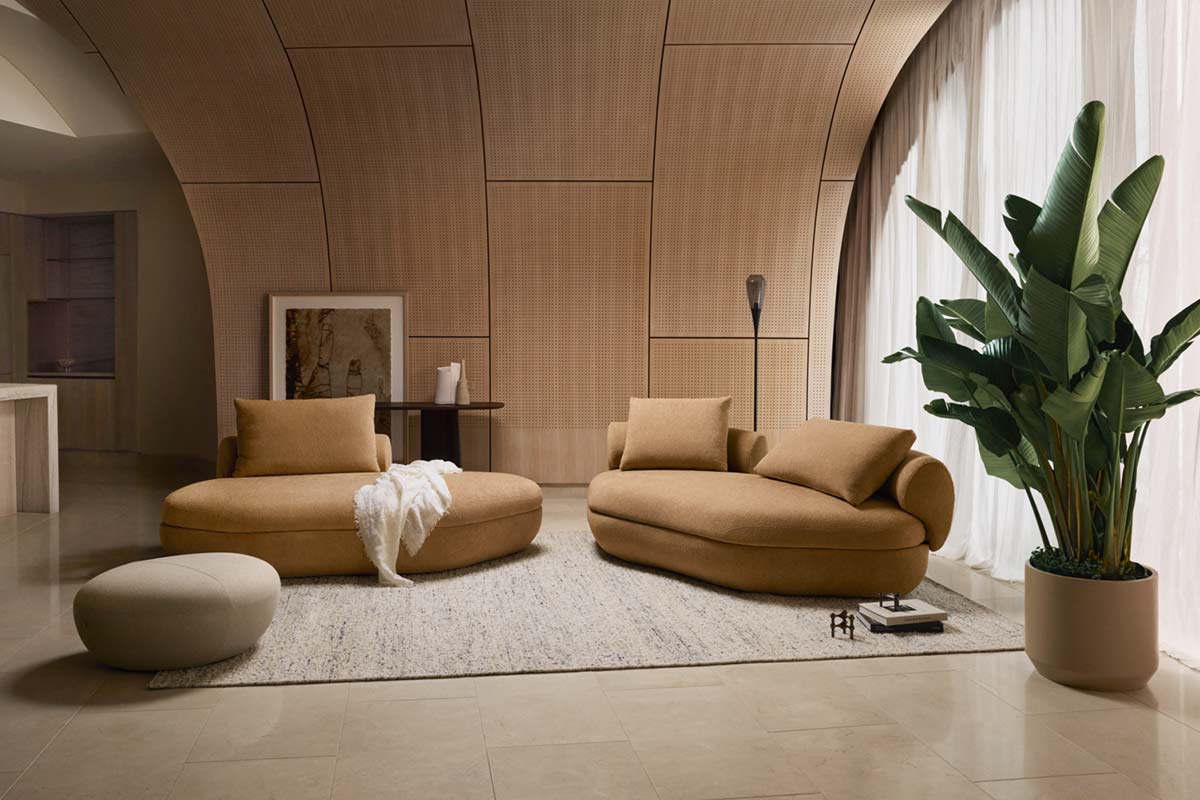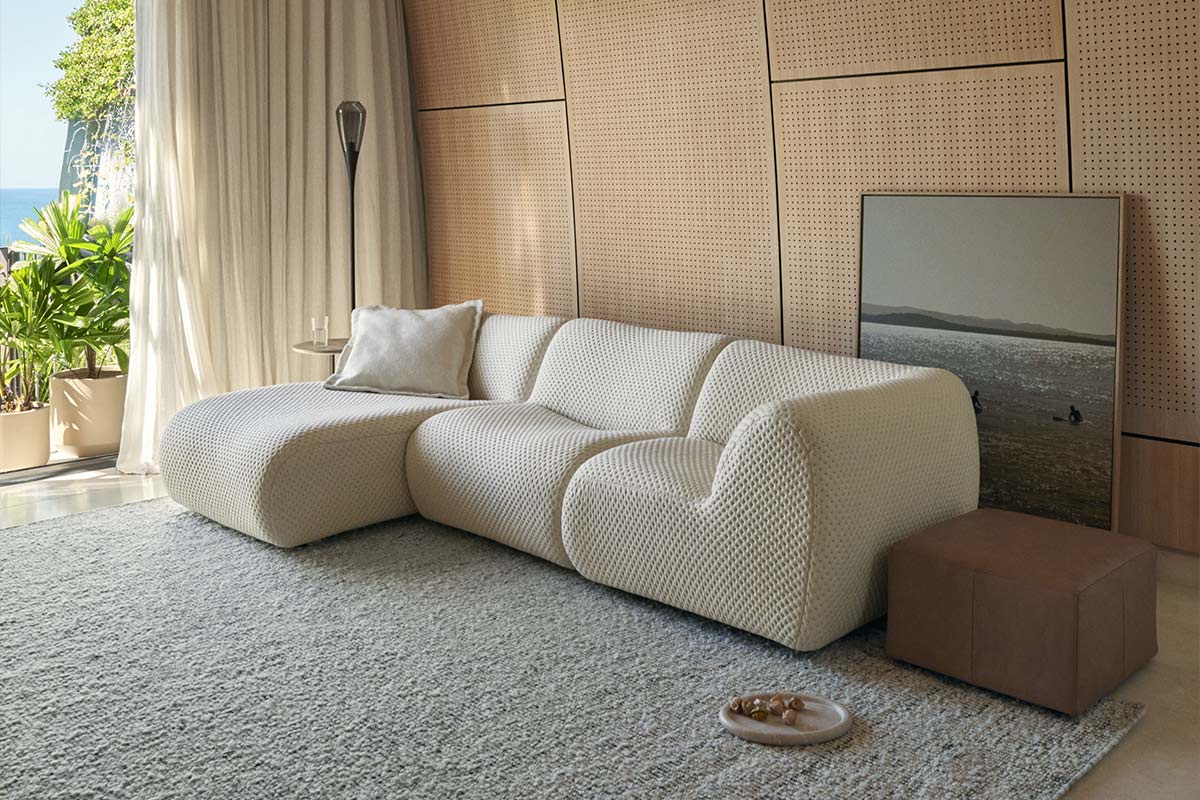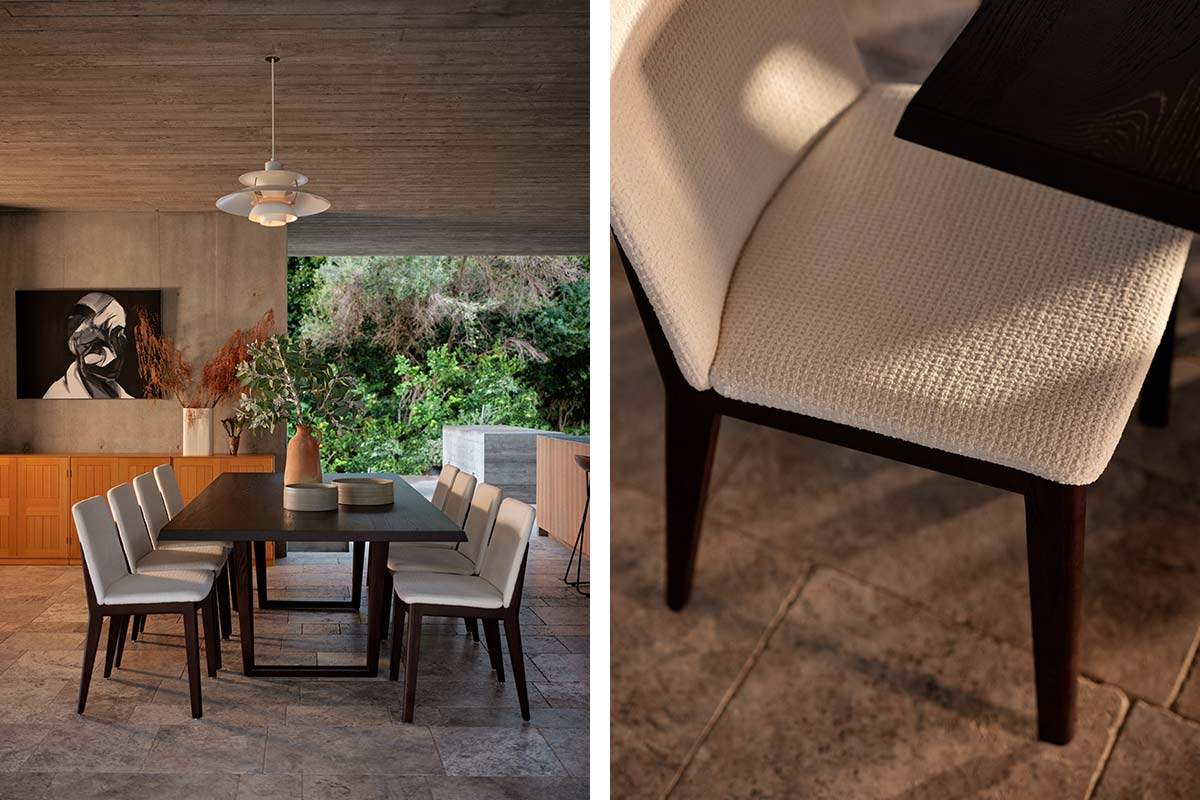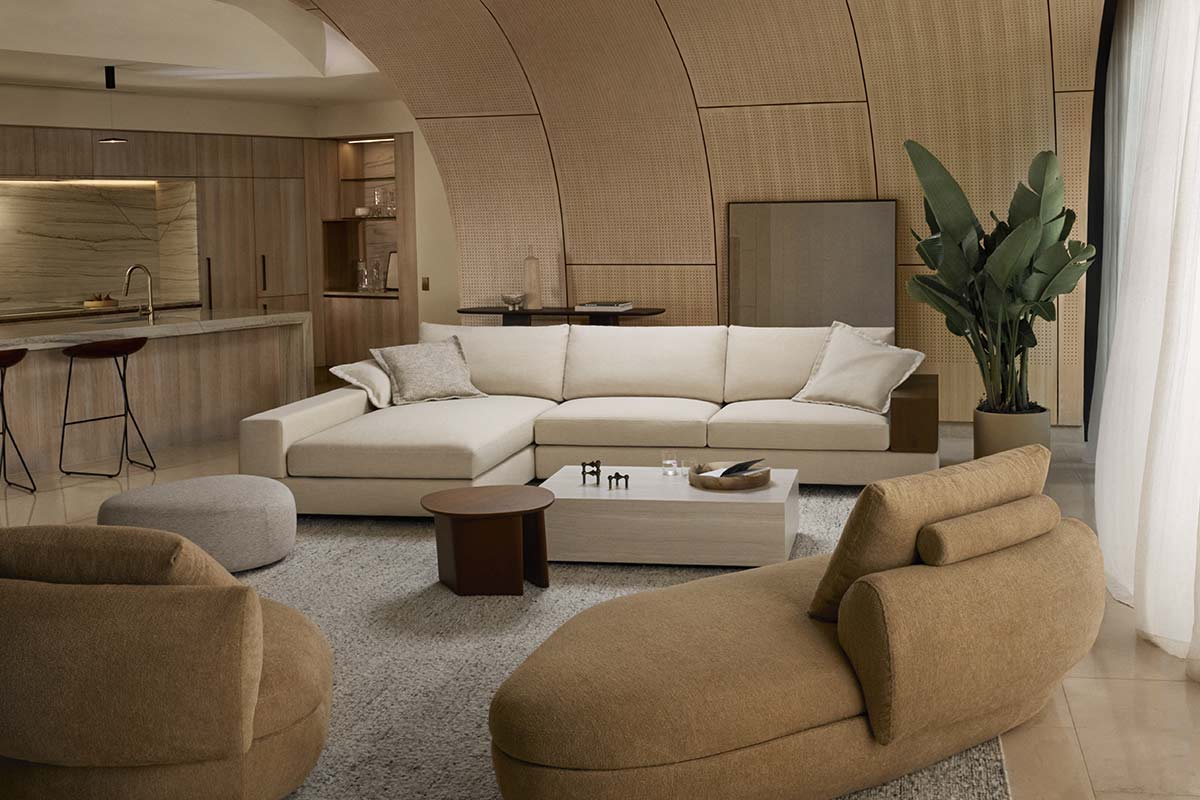10 steps to create a perfect neutral palette

Neutrals are known for their timeless appeal.
When designing your home, a neutral palette is a great solution to choosing items you will continue to love as trends come and go.
All you need is a few tips and tricks to get started.
From selecting your dominant and secondary colours to balancing warm and cool tones, we've broken down the art of the neutral palette in 10 steps.

1. Define you colour goals
To achieve a perfect neutral palette, starting with a clear vision is essential. Consider the mood and ambiance you want your space to exude. Neutrals can evoke various emotions; warm neutral colours, like beige or soft taupe, create a cosy and inviting atmosphere, while cool neutrals, like grey or white, offer a fresh and modern look. The key is determining the emotional impact you desire in your space, as this will guide your colour choices.
2. Select a dominant neutral colour
Choosing the dominant neutral colour sets the tone for your entire design. Each neutral colour carries its unique characteristics. White, for instance, provides a crisp, clean canvas that can make a room feel more spacious, while beige offers warmth and a timeless appeal. Grey, on the other hand, can create a sophisticated and versatile backdrop. Consider how each colour aligns with your vision before making a decision.

3. Consider undertones
Pay attention to the undertones of your chosen dominant colour. These subtle hues can significantly impact the overall atmosphere of your space. For example, if you opt for a grey with cool blue undertones, your room may feel calm and serene, while a grey with warm brown undertones can bring a cosier feel. It's crucial to ensure that these undertones align with the desired mood and ambiance of your design.
4. Choose secondary neutrals
To add depth and dimension to your neutral palette, select one or two secondary neutral colours. These secondary neutrals can be lighter or darker shades of your dominant colour or entirely different neutral hues. The purpose of these secondary neutrals is to introduce variety without overwhelming the space. Consider using them in smaller doses, such as on accent walls or through furniture fabrics.

5. Experiment with textures
Texture plays a pivotal role in bringing a neutral palette from plain to visually attractive. Introduce a variety of textures through materials like wood, stone, textiles, and wall coverings. For instance, a plush, textured rug can create a sense of comfort, while a sleek stone countertop can add a touch of elegance. These textures not only enhance the visual appeal of your space but also prevent it from feeling flat and monotonous.
6. Use accent colours sparingly
While a neutral palette forms the foundation of your design, accents in vibrant colours can inject life and personality into your space. Choose accent colours that resonate with you and complement your neutral base. These pops of colour can be incorporated through accessories such as throw pillows, artwork, or smaller pieces of furniture. The key is to use them sparingly to maintain the overall balance and harmony of the design.
7. Balance warm and cool tones
Achieving a balance between warm and cool neutrals is crucial for visual harmony. If your dominant colour leans towards warmth, consider cooler secondary neutrals to create contrast and interest. Conversely, if your primary colour is cooler, warmer secondary neutrals can provide a welcoming contrast. This balance ensures that your space feels inviting and cohesive.
8. Consider natural light
The amount of natural light your space receives should influence your choice of neutrals. Well-lit rooms can accommodate slightly darker neutrals without feeling heavy, while dimly lit spaces may benefit from lighter neutrals to maximise the available light. Always take into account how natural light interacts with your colour choices to create an optimal environment.
9. Personalise with accents
Infuse your personal style into the space by selecting decorative accents that resonate with you. These accents can include artwork that reflects your interests, rugs with patterns that align with your aesthetic, curtains that enhance the ambiance, and furniture pieces that showcase your design preferences. These elements personalise your space and create a sense of comfort and belonging.
10. Edit and refine
Throughout the design process, periodically step back and evaluate your palette. Making adjustments and refinements is normal as you see how elements come together. Remove any elements that disrupt the neutral harmony you've worked to achieve, and encourage yourself to refine your design until it embodies your vision perfectly.
Are you ready to design your neutral palette?
Creating a perfect neutral palette is a thoughtful process that involves careful consideration of colour, texture, and personal style.
Your home is your canvas and with the right neutral palette you can create a space that resonates with your personality and lifestyle.
Explore the extensive King Living range of fabrics and leathers or visit you nearest King Living Showroom to start creating your ideal space.
If you’re searching for more ideas for neutral living rooms or neutral bedroom ideas, discover:
- Colour psychology and colour palette with Australian Artist Ash Holmes
- Interior design advice: Create a home you love
- Timeless interior design that will stand the test of time
- 8 ways to design a Feng Shui bedroom















